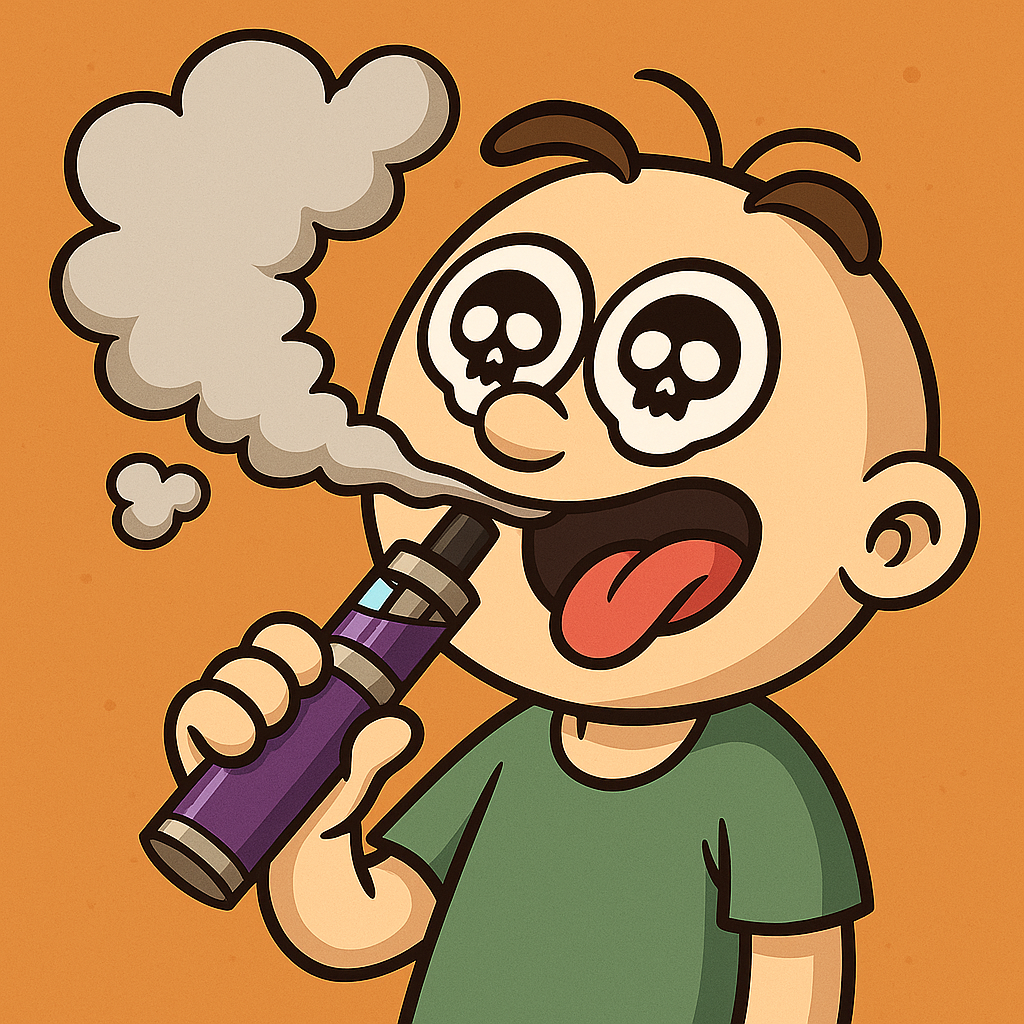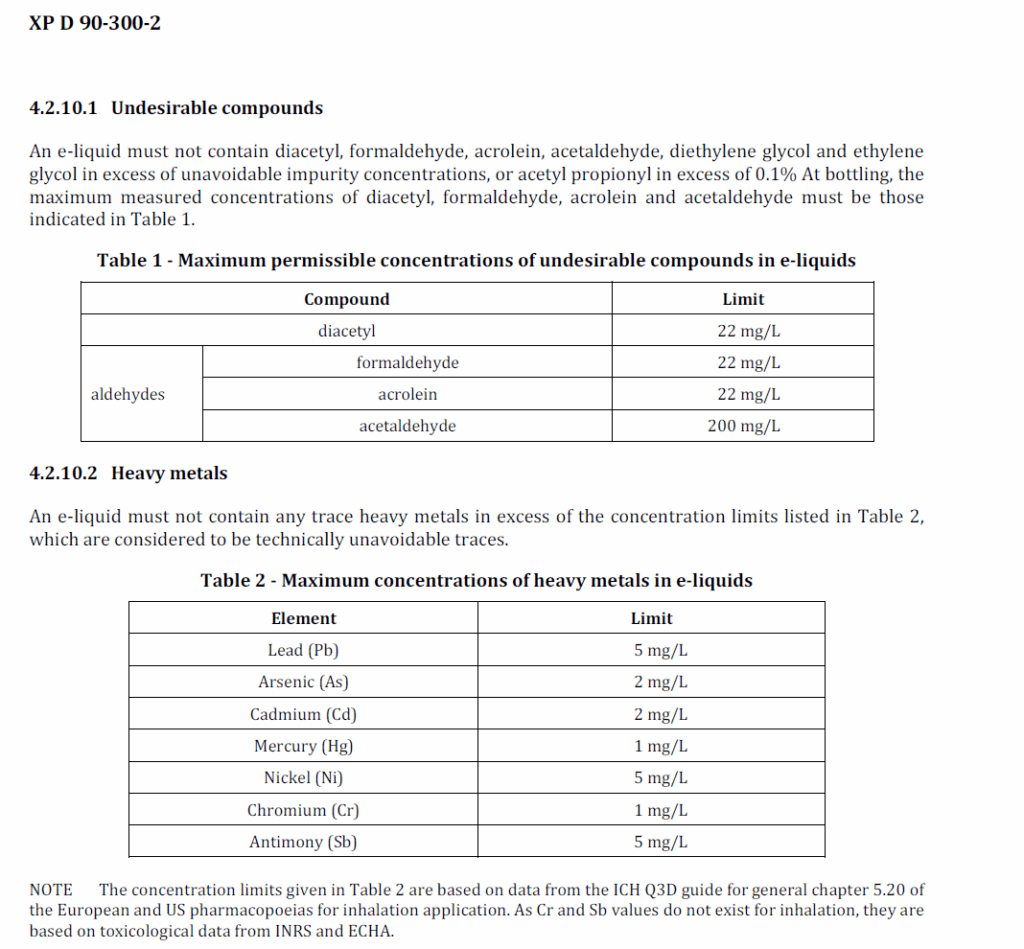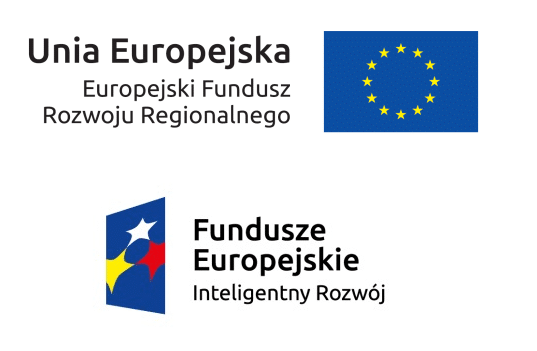PL Jakie związki są zakazane w e-liquidach? (Część 3)
Tym razem zaglądamy do normy XP D90-300-2 — jednej z najbardziej szczegółowych, jeśli chodzi o skład e-liquidów.
Francuzi podeszli do tematu konkretnie: wykluczyli całe grupy substancji, a nie tylko pojedyncze związki. Lista obejmuje m.in.:
• Oleje roślinne i mineralne – żadnych tłuszczów i olejów w e-liquidach. (Wyjątek: olejki eteryczne – te nadal są dozwolone.)
• Cukry i słodziki – glukoza, fruktoza, sacharoza, aspartam, sukraloza i reszta słodkiej ekipy odpadają. Można je stosować tylko wtedy, gdy istnieją twarde dane naukowe potwierdzające bezpieczeństwo ich użycia podczas inhalacji.
• Witaminy, minerały i substancje aktywne – wszystko, co pasuje bardziej do suplementu diety lub leku, nie może trafić do e-liquidu. Zakazane są „wzbogacone” liquidy z kofeiną, tauryną czy witaminą C.
• Substancje uwalniające formaldehyd – zakaz dotyczy m.in. Quaternium-15, DMDM Hydantoin, Diazolidinyl Urea i kilku innych prekursorów formaldehydu.
• Środki konserwujące – Triclosan, fenoksyetanol i parabeny o długich łańcuchach.
• Substancje radioaktywne – to nie wiem czemu miałoby być dodawane do e-papierosów, ale jakby ktoś wpadł na taki pomysł – nie wolno.
• Inne składniki – diacetyl i glikol etylenowy zostały nazwane wprost jako niedopuszczalne.
W części dotyczącej zanieczyszczeń (4.2.10) pojawiają się konkretne limity:
• Diacetyl, formaldehyd, akroleina – maks. 22 mg/L
• Aldehyd octowy – do 200 mg/L
• Acetylopropionyl – do 0,1 %
A do tego:
• Pb ≤ 5 mg/L
• As ≤ 2 mg/L
• Cd ≤ 2 mg/L
• Hg ≤ 1 mg/L
• Ni ≤ 5 mg/L
• Cr ≤ 1 mg/L
• Sb ≤ 5 mg/L
EN Which substances are banned in e-liquids? (Part 3)
This time, we’re looking into the French experimental standard XP D90-300-2 — one of the most detailed when it comes to e-liquid composition.
The French took a very straightforward approach: they excluded entire groups of substances, not just individual compounds. The list includes, among others:
• Vegetable and mineral oils – no fats or oils allowed in e-liquids. (Exception: essential oils are still permitted.)
• Sugars and sweeteners – glucose, fructose, sucrose, aspartame, sucralose, and the rest of the sweet gang are out. They can only be used if there is solid scientific evidence confirming their safety for inhalation.
• Vitamins, minerals, and active substances – everything that fits better in a dietary supplement or a medicine cannot be used in e-liquids. “Fortified” liquids with caffeine, taurine, or vitamin C are explicitly banned.
• Formaldehyde releasers – the ban includes Quaternium-15, DMDM Hydantoin, Diazolidinyl Urea, and several other formaldehyde precursors.
• Preservatives – Triclosan, phenoxyethanol, and long-chain parabens.
• Radioactive substances – unclear why anyone would add them to an e-cigarette, but just in case: not allowed.
• Other ingredients – diacetyl and ethylene glycol are explicitly listed as prohibited.
In the section concerning contaminants (4.2.10), the standard sets specific limits:
• Diacetyl, formaldehyde, acrolein – max. 22 mg/L
• Acetaldehyde – up to 200 mg/L
• Acetylpropionyl – up to 0.1%
And for heavy metals:
• Pb ≤ 5 mg/L
• As ≤ 2 mg/L
• Cd ≤ 2 mg/L
• Hg ≤ 1 mg/L
• Ni ≤ 5 mg/L
• Cr ≤ 1 mg/L
• Sb ≤ 5 mg/L




